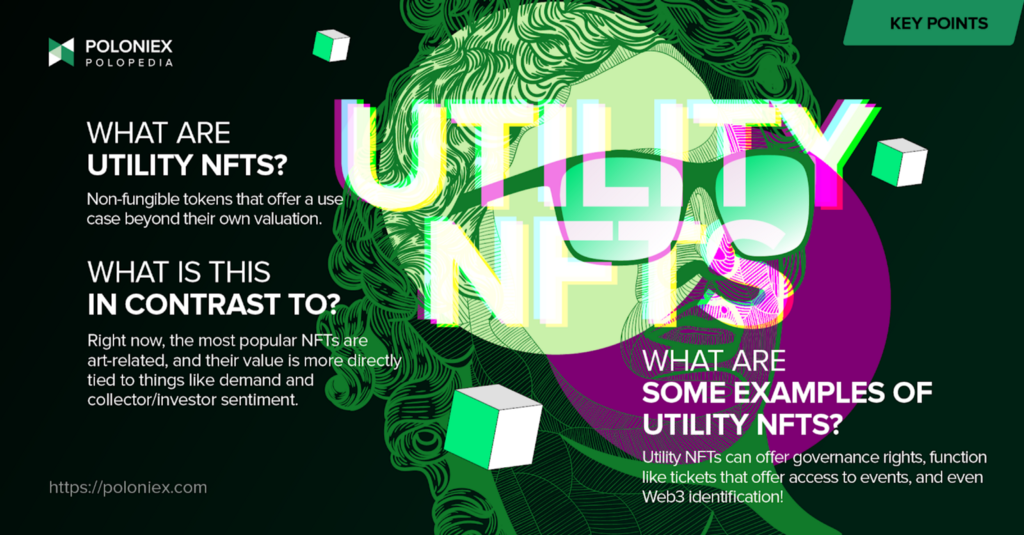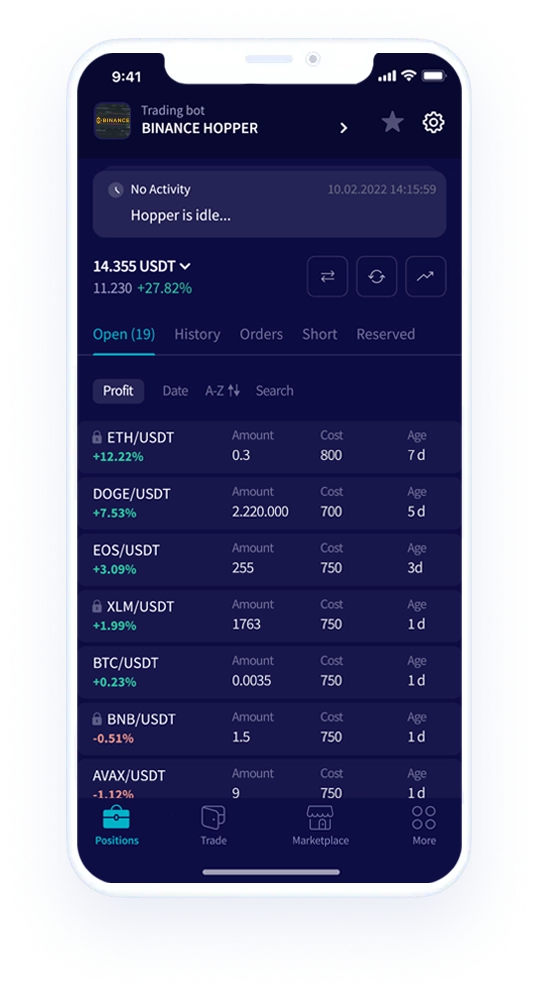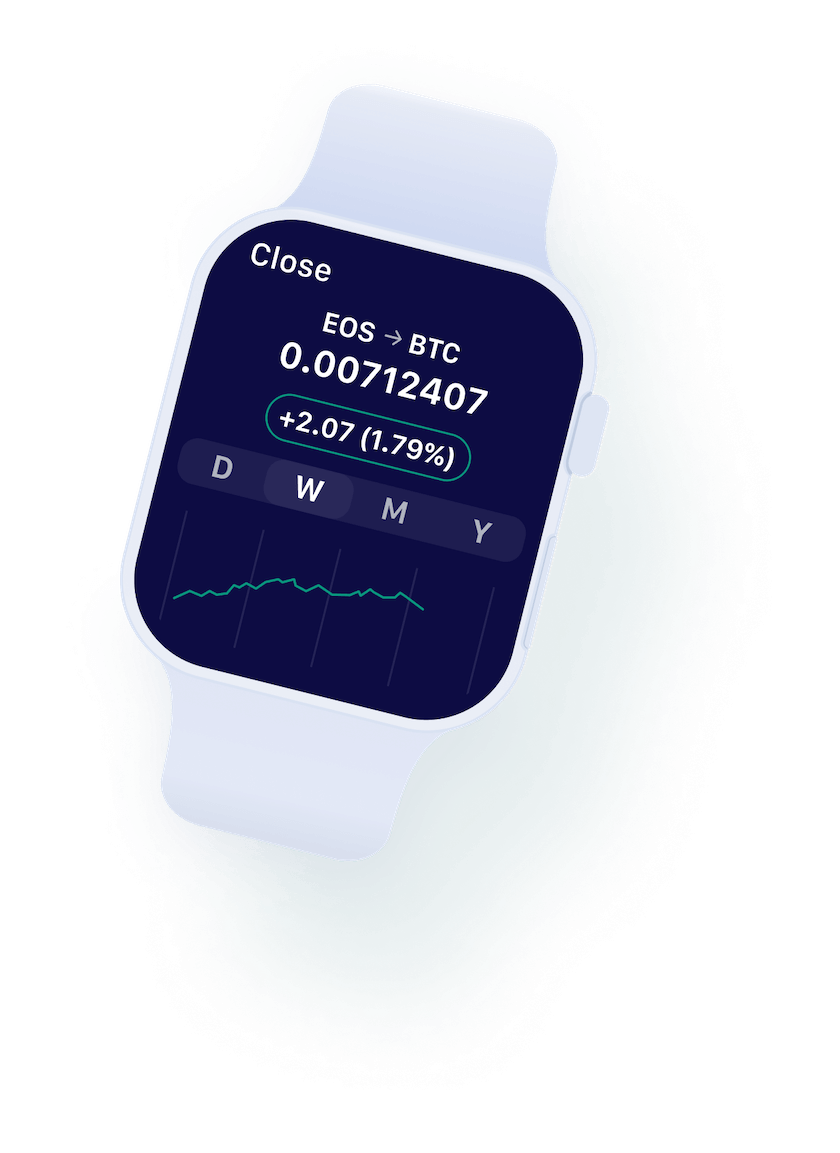
TL;DR
Utility NFTs are non-fungible tokens that have a specific use or utility, such as granting access to a virtual world or in-game items, or representing ownership of a physical asset like property. They are different from traditional collectible NFTs and have the potential to revolutionize a number of industries by creating a new way of thinking about ownership and access in the digital world.
What are utility NFTs?
At its most basic level, a utility NFT is a token that serves a specific use or utility, beyond just being a collectible. These NFTs can range from granting access to a virtual world or in-game items, to representing ownership of a physical asset like a piece of property. These NFTs are different from traditional collectible NFTs, which exist primarily as digital assets to be owned and displayed. From the perspective of value, one can differentiate between these two concepts by remembering that traditional NFTs/collectible NFTs often mostly derive value from market sentiment and valuation. The concept of utility NFTs offers a new way of thinking about ownership and access in the digital world, they are designed to serve a functional purpose beyond just being collectible.
One key aspect of utility NFTs is that they are often designed to be transferable and tradeable, unlike traditional forms of ownership or access. For example, in the gaming industry, utility NFTs can be used to represent in-game items and assets, allowing players to truly own and trade virtual items just like they would in the physical world. This not only creates a new revenue stream for game developers, but also allows players to have more control over their virtual assets. Furthermore, this sort of ownership has the potential to vastly enhance the gaming experience. Something that is fascinating is the contribution to metaverse applications. That is, with utility NFTs, one can transfer and use assets from game to game within a given metaverse.
In the virtual world space, utility NFTs can be used to represent virtual real estate, giving users the ability to truly own and control a piece of virtual land. This has led to the development of virtual cities and marketplaces, where users can buy, sell, and trade virtual properties. A great example is the project Decentraland, an Ethereum-based metaverse platform. Decentraland, like other metaverse projects, has plots of LAND which are NFTs that express the ownership of virtual pieces of real estate.
Additionally, utility NFTs can be used as access tokens, granting the holder access to specific events or experiences, such as VIP access to a concert or a special in-game event. This allows event organizers and creators to offer unique and exclusive experiences to their audience, and also create a new revenue stream.
Finally, Utility NFTs are also being used to represent real-world assets, such as pieces of property, cars, jewelry and more. This allows for the creation of a digital twin of the physical asset, which can be owned, traded, and represented digitally. Although this application still has its hurdles, it may very well become standard practice where investors from all over the globe can more easily invest in high-value items like real estate. We often talk about the importance of the immutability of a blockchain ledger. This aspect becomes especially important when talking about digitizing proof of ownership, like putting the deed to a house on the blockchain.
Different types of utility NFTs
There are many different types of utility NFTs, but some of the most popular include:
In-game items and assets
These are NFTs that grant the holder access to specific in-game items or assets, such as weapons, vehicles, skins. You name it! These NFTs are often used in blockchain-based games and can be traded on marketplaces like OpenSea. These types of NFTs are becoming increasingly popular in the gaming industry, as they allow players to truly own and trade virtual items just like they would in the physical world.
Virtual real estate
These NFTs represent ownership of a specific location in a virtual world, such as a plot of land in a virtual city or a virtual apartment. These NFTs are often used in virtual worlds like Decentraland and Sandbox. This type of NFTs allow users to truly own and control a piece of virtual land, which has led to the development of virtual cities and marketplaces, where users can buy, sell, and trade virtual properties.
Access tokens
These NFTs grant the holder access to specific events or experiences, such as VIP access to a concert or a special in-game event. This type of NFTs allows event organizers and creators to offer unique and exclusive experiences to their audience, and also create a new revenue stream. This is certainly one of the most exciting applications of NFT technology, with Web3 ticketing infrastructure providers like Get Protocol popping up to disrupt the ticketing industry.
Furthermore, these sorts of NFTs could be used as digital credentials, providing ID infrastructure to ENS (Ethereum-name service) and Web3 as a whole.
Conclusion
In conclusion, utility NFTs are a fascinating and promising area of the NFT space. They have the potential to revolutionize a number of industries by creating a new way of thinking about identification, ownership and access in the New Internet and right here in the physical world as well. As the technology and infrastructure continue to evolve, we’re likely to see even more use cases for utility NFTs in the future. However, it’s important to note that while the potential for utility NFTs is significant, we’re still in the early stages of development, with many hurdles yet to be overcome.
Currently, the gaming industry, virtual worlds, and real-world assets are the areas where we’re already seeing the most growth in utility NFTs. In-game items, virtual real estate, and access tokens are among the most popular types of utility NFTs. Additionally, the trend of using NFTs to represent real-world assets is also on the rise, as more and more real-world assets are being tokenized.
However, there are also limitations to the current utility NFTs ecosystem. Scalability, interoperability and regulations are among the main challenges that need to be addressed in order for utility NFTs to reach their full potential. Additionally, the lack of standardization and the diversity of use cases for utility NFTs make it difficult for users to navigate and understand the technology.
Overall, the future of utility NFTs looks promising, but there’s still a lot of work to be done before we see widespread adoption and actual value provided by these tokens. The trends of utility NFTs are on the rise and they have the potential to change the way we interact with digital and physical assets, but the ecosystem needs to mature and overcome the current limitations.

